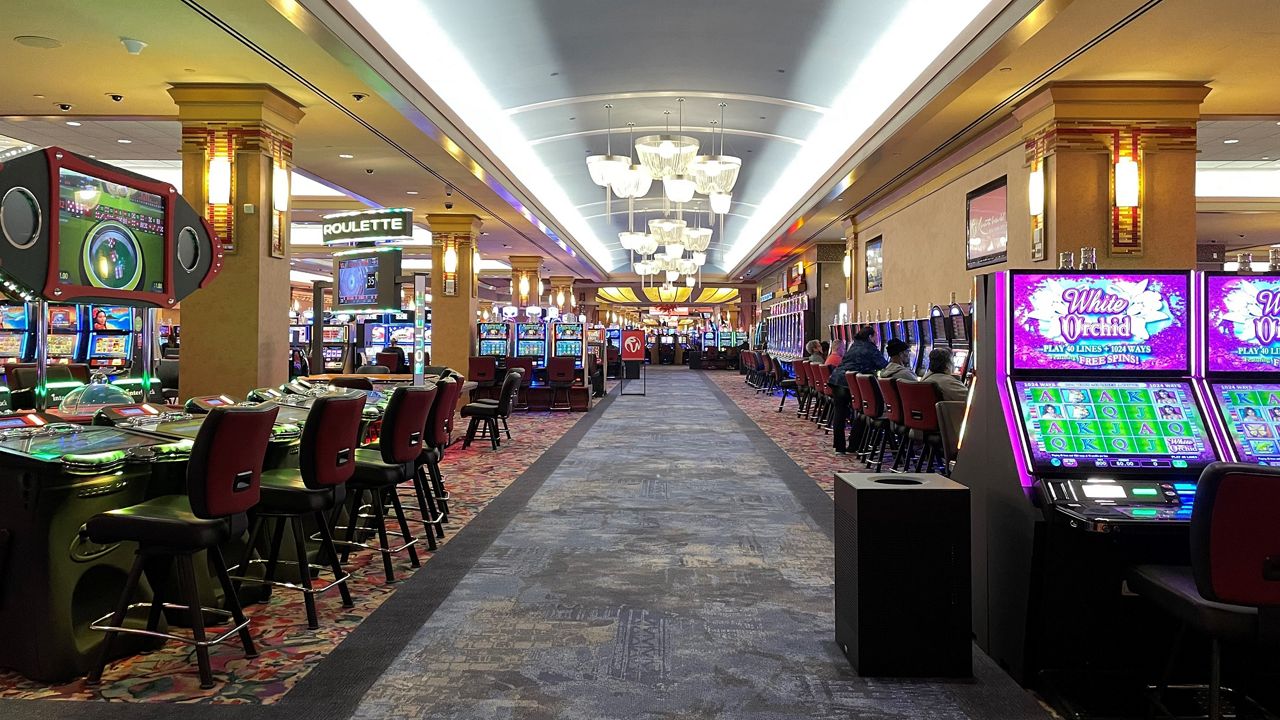In the shadows of the shimmering illuminations and the alluring noises of rotating wheels lies a dynamic realm where innovation meets mathematics: the creation of games of chance. While players converge to casinos seeking excitement plus the chance of striking it rich big, a huge amount of effort takes place behind the scenes to create the games for their enjoyment. From the initial concept to the ultimate product that players engage with, numerous elements come together to ensure a captivating play experience.
Designers, engineers, and game developers work together to combine innovative technology with engaging gameplay features. Each aspect, from visuals and audio elements to odds and payouts, is carefully crafted to attract players and keep them engaged. Understanding the intricate process of the way casino games are made reveals both the technical skills required but also the creative vision that brings these engaging experiences to life.
Video Game Design Process
The game workflow begins with brainstorming and concept development, where creators develop concepts for new casino games. This initial phase typically involves pinpointing potential audiences and analyzing market trends. Designers consider elements like game mechanics, themes, and payout structures to create an immersive experience. Collaboration between game designers, mathematicians, and artists is essential to ensure a balanced concept.
Once a design is chosen, the next stage entails prototyping and testing. Designers create a working version of the game to assess its playability and mechanics. This facilitates adjustments and refinements based on feedback from testers. Reiteration is vital, as designers may go through multiple rounds of testing to fine-tune gameplay balance and user experience. This stage is essential for identifying any potential issues before the game is finalized.
After testing, the game moves into the development phase and production. This includes the technical aspects of coding the game software, integrating graphics, and ensuring compliance with gaming regulations. Quality assurance testing ensures that the game functions seamlessly across various platforms and devices. Once everything is refined, the game is prepared for launch, often accompanied by promotional tactics to attract players and generate buzz around the latest casino game.
Technology and Advancement
The development of casino games has transformed significantly with advancements in technology. Contemporary game design often includes premium graphics, engaging sound effects, and dynamic animations that provide a compelling experience for players. Game developers use advanced software tools and coding languages to create these immersive gaming experiences. Additionally, the use of RNGs ensures equity and unpredictability in outcomes, which is essential for maintaining player trust and compliance with gaming regulations. luck8
In recent years, the growth of online casinos has expanded the limits of game development even further. Developers are now able to build games that appeal to a global audience, integrating features such as live dealers and virtual reality environments. This shift has encouraged new ideas, leading to novel game mechanics and formats that enhance player engagement. Mobile gaming has also become a major focus, encouraging developers to tailor games for mobile phones and tablets, ensuring availability and convenience for players on the go.
Cooperation among designers, artists, and math experts is essential in the creation process. Each team contributes their expertise to make sure games are not only aesthetically pleasing but also mathematically sound and enjoyable. The integration of player feedback during beta testing allows developers to enhance game features and functionalities, ultimately leading to a successful launch. As technology continues to advance, the potential for innovative game concepts and experiences is endless, promising an exciting future for casino games.
Evaluating and Quality Control
Once a casino game has been designed, it enters the crucial phase of evaluation and quality control. This stage ensures that the game operates seamlessly and provides a fair experience for players. Teams conduct extensive tests, including operational checks to confirm that all game features work as planned. Each component, from graphics to audio, is evaluated to ensure quality benchmarks are met.
In addition to functionality testing, the game entails rigorous compliance checks to meet regulatory requirements. Multiple jurisdictions have specific rules governing game fairness and player protection. Quality assurance teams will check that the random number generators are functioning correctly and that the game’s payout percentages correspond with market standards. This thorough examination helps establish trust with gamblers and regulators alike.
Finally, beta testing may be conducted with actual users to gather insights on user experience. This crucial insight allows developers to execute necessary adjustments before the official launch. Tackling any possible issues noted during this phase helps ensure that users will experience a seamless, immersive experience when the game goes live. The commitment to excellence reflects the sector’s dedication to delivering pleasant and reliable casino games.
